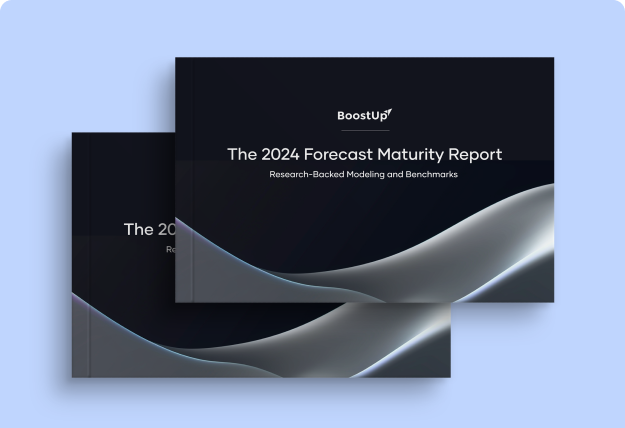Topics covered in this article
Over the past several decades, the pervasiveness of consumption-based or usage-based revenue has increased exponentially. A recent survey found that approximately 61% of B2B SaaS companies currently use some type of usage-based revenue model representing a 125% increase over the past five years. Unlike traditional fixed pricing models which are determined by the number of seats or the kind of features being used, usage-based revenue models are more flexible and allow customers to only pay for what they use, aligning costs directly with consumption.
The rise of usage-based revenue models can also be attributed to their inherent appeal to both consumers and vendors. Consumers recognize the equity in paying for what they use. Additionally, they may view utilization rates as a tangible proxy for the value they're receiving.
Meanwhile, vendors find that consumption-based models provide an easy way to attract and ramp lucrative new customers via "land and expand" tactics. For SaaS and IaaS companies, consumption-based pricing provides a key competitive edge by offering customers more flexibility, scalability, and cost-efficiency. It enables capturing a wider customer base - from small businesses to enterprise clients - by lowering the barrier of large upfront payments. IaaS companies, for example, have become extremely adept at transforming small initial transactions into multi-million dollar revenue streams.
While the manufacturing and medical device industries were some of the first to embrace consumption-based revenue, of late, B2B SaaS has been the fastest to adopt, with a five-year CAGR of 17.7%. The growing prevalence of usage-based revenue also stems, in part, from companies' improved ability to measure consumption. Thanks to a ubiquitous internet, solutions that continuously transmit data related to system utilization and health, and "smart" monitoring agents that interpret and respond to this information, companies are more connected than ever to customer consumption patterns.
Mastering Consumption-Based Revenue Forecasting
While usage-based revenue models offer many benefits, their associated uncertainty also presents challenges - revenue projections, sales compensation, and demand planning to name a few.
BoostUp’s new white paper on consumption-based forecasting dives deep into usage-based forecasting models and covers advanced tools and techniques that companies can leverage to predict usage-based revenue with higher accuracy. The white paper will help you understand:
- How to differentiate between organic and rep-driven revenue.
- How to design sales compensation plans for a usage-based revenue model and hold sales teams accountable.
- How to improve demand planning for optimized resource allocation.
Download the white paper now to learn more.
About the Author
Justin ShriberShriber, CEO at BoostUp, joined the company at the beginning of 2024 with nearly three decades of experience in the technology industry, where he has held leadership positions at several top companies, including Siebel Systems, LinkedIn, Oracle, and Ontra.





-Photoroom.png)